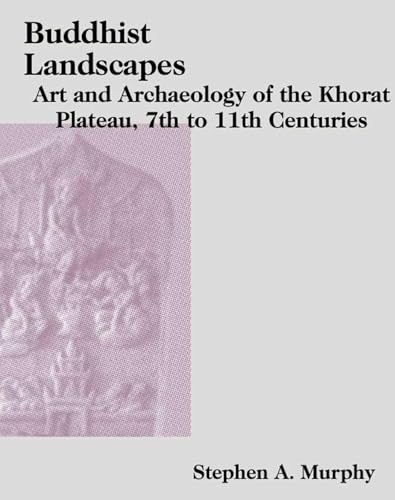via World Archaeology, 23 November 2023: Sanxingdui, once among the greatest Bronze Age metropolises in Southeast Asia, has captivated archaeologists with its startling artifacts, including deliberately damaged treasures hinting at ritualistic practices. Rediscovered in the 1980s, the site’s excavated objects, such as bronze masks and unique sculptures, reflect a distinct worldview and advanced craftsmanship.
A key reason why the contents of the pits are simultaneously a source of wonder and bafflement comes from something that has not been found in the pits, or anywhere else at Sanxingdui: writing. This existed further north at around the time the bronzes were being buried, as scripts are known from sites belonging to the Shang state, such as Anyang on the Yellow River. ‘It is possible that the archaeologists will find writing in the future at Sanxingdui,’ says Jiao. ‘We hope that they will. It would definitely help, so long as we could decipher the text. That might take some work. After all, if you look at the contemporary scripts from the Shang sites, we still can’t recognise a lot of the characters. Even so, archaeologists can rely on other means to try to understand the lives and rituals of the Sanxingdui people. There has been an effort over the past decade to secure precise dates for the site and understand the pottery sequence. Work on the craft materials has also shown how trade networks connected Sanxingdui to other parts of modern China and beyond. When it comes to ritual and religion, though, trying to reconstruct this without writing is always a puzzle for any archaeologists. And even when you have texts, lots can still be uncertain. But given the nature of the pits, it is certain that some kind of ritual was involved. And we can also be confident that the sculptures in the pits were made by people who lived in or around Sanxingdui.’

























